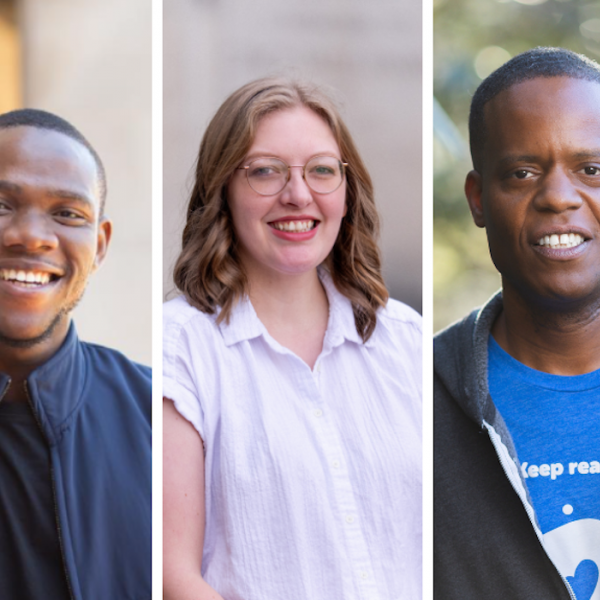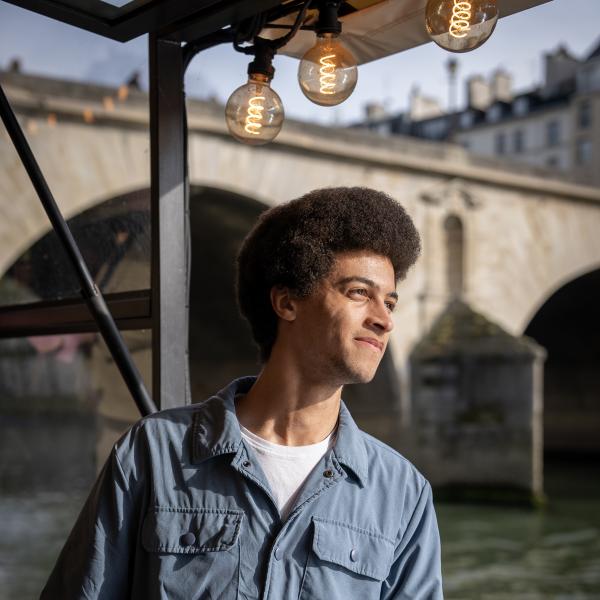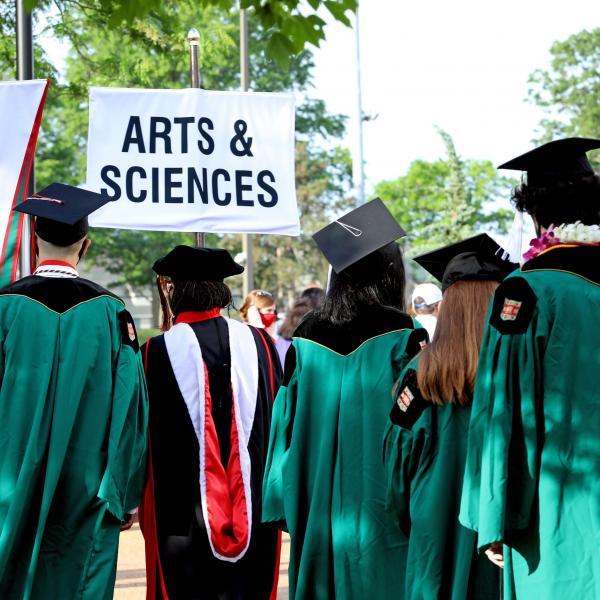Throughout his life, Mark S. Weil, the E. Desmond Lee Professor Emeritus for Collaboration in the Arts, helped shape the humanities at WashU.
Mark S. Weil died at his home in Jamestown, Rhode Island, on Thursday, Nov. 18, 2021. He was 82.
A native of St. Louis, Weil earned a bachelor’s degree in art history and archaeology from Washington University in 1961. He then earned both a master’s (1964) and doctorate (1968) from Columbia University, where his mentors included the influential art historians Meyer Schapiro, Julius Held, and Rudolf Wittkower.
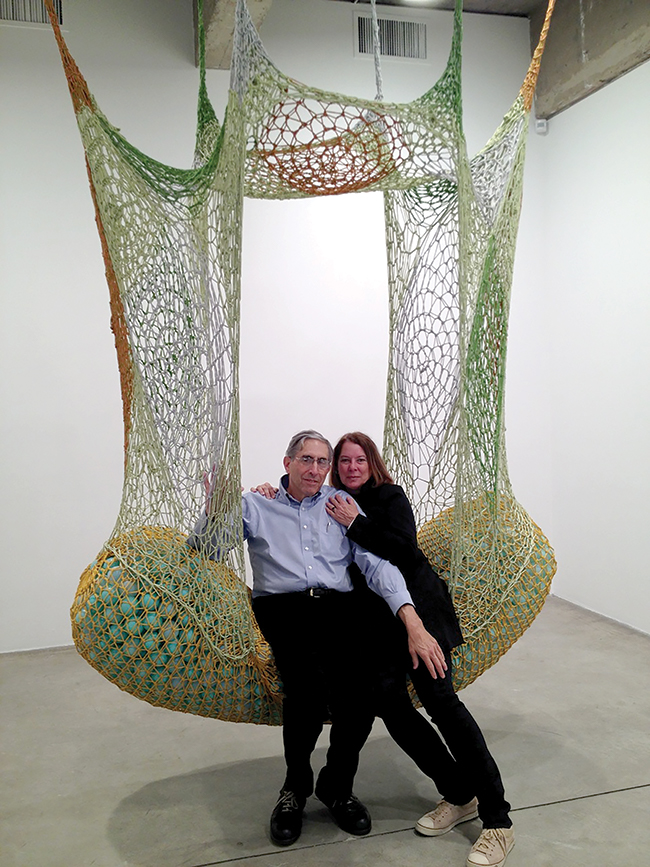
“I led a charmed life as a graduate student, working with people who were pioneers of art history and studying in some of the greatest museums and libraries of the world,” Weil recalled to Washington Magazine in 2015. “It set an incredibly high standard of excellence for me.”
Weil returned to WashU in 1968 as an assistant professor in the Department of Art History and Archaeology in Arts & Sciences, where he taught courses on Italian Renaissance architecture, Rembrandt van Rijn, and 15th- through 17th-century European art, among other topics. He served two terms as department chair, from 1982–88 and from 1995–99.
“Mark’s lifelong passion for the study of original works of art was distinctive and contagious,” said Chair Elizabeth Childs, the Etta and Mark Steinberg Professor of Art History. “An exceptionally devoted teacher, he introduced students to ‘close looking’ in museums and notable private art collections – including his own.”
“I remember vividly the many afternoons we spent together looking at objects at his house or at the Saint Louis Art Museum and being filled with admiration over the depths of his knowledge and skills as a connoisseur,” said C. D. Dickerson III, MA ’00, curator and head of sculpture and decorative arts at the National Gallery of Art in Washington, D. C. “My approach to art history continues to be the approach I learned from Mark.”
Weil’s research fell into four primary areas: Italian Baroque sculpture, 16th- and 17th-century garden and stage design, the Marvelous age, and art connoisseurship.
In 1998, Weil was named director of the university’s Gallery of Art, now the Mildred Lane Kemper Art Museum, for which he organized several major exhibitions. He also helped to create the master plan that would link the university’s schools of art and architecture to create the Sam Fox School of Design & Visual Arts.
Weil retired in 2005 and later relocated to Rhode Island with his wife, Joan Hall, the Kenneth E. Hudson Professor Emerita of Art and former director and master papermaker for Washington University’s Island Press. In his retirement, he embraced his love for photography and exhibited his own work. He continued to mentor art historians, collect, and conduct research. He published a study of a Renaissance engraver just months before he died.
"He wanted citizens of St. Louis and his students to have a rich experience, to learn, and to enjoy, and he pursued that doggedly."
His generous philanthropy over the years has supported a range of institutions and arts programs. Weil and his former wife, Phoebe Dent Weil, donated nearly 200 works to the Saint Louis Art Museum. In 2017, one exhibition of their contributions was co-organized by Weil’s former doctoral student Judith Mann, MA ’78, PhD ’86, who is now the museum’s curator of early European art.
Mann met Weil when she took a seminar with him during her first semester at WashU. “He had a reputation as someone to be a bit daunted by,” she said. “He was known to be a tough professor.” Weil ended up advising Mann on her master’s thesis and her doctoral dissertation. She says he taught her to never feel finished or satisfied – that there’s always another way to see things.
When Mann started at the museum, Weil cheered her on and offered advice. And although the two didn’t always agree, he provided a sounding board throughout her curatorial career.
“Sometimes he could be remarkably blunt,” Mann said. “Yet, he was deeply caring and committed. He wanted citizens of St. Louis and his students to have a rich experience, to learn, and to enjoy, and he pursued that doggedly.”
In 2018, Weil created the Mark Steinberg Weil Professorship in Art History and Archaeology. Claudia Swan, a specialist in Early Modern art, holds the inaugural professorship. The following year, he and Hall established the Mark S. Weil and Joan M. Hall Fund for Art History and Archaeology in Arts & Sciences, which supports several annual research awards, fellowships, and internships for both faculty and students. In 2021, they expanded those efforts with a substantial gift to found an endowment to further support student and faculty research projects and collaborative initiatives in the study of the visual arts.
Kirsten Marples, PhD ’21, was the first recipient of the Weil Professional Development Fellowship, which she used to apprentice at the Museum of Fine Arts in Boston in 2019. She credits the fellowship with helping her to land a job as curatorial associate at the Menil Drawing Institute in Houston. She said, “The opportunity the fellowship afforded me for full-time curatorial training within one of this country’s major encyclopedic museums without a doubt strengthened my candidacy in a highly competitive job market.”
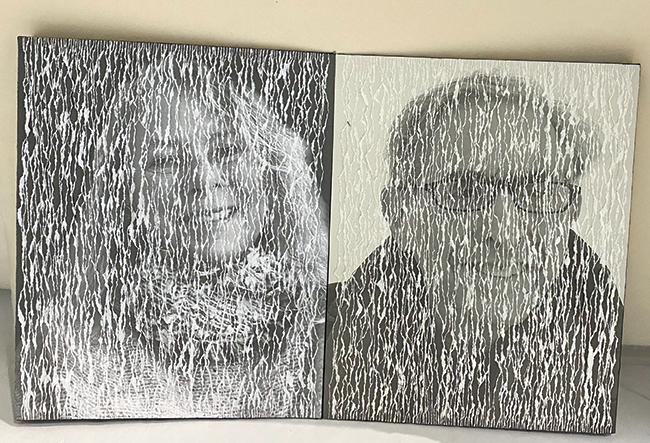
“Mark was a wonderful scholar and a passionate advocate for the arts and humanities,” said Feng Sheng Hu, dean of Arts & Sciences and the Lucille P. Markey Distinguished Professor in Arts & Sciences. “For more than five decades, Washington University has benefited from his leadership, enthusiasm, and discerning eye. He will be sorely missed.”
Weil’s contributions will impact countless lives in years to come. “I am a great believer in the importance of the study of the humanities in education,” he wrote in a note shortly before his death. “If possible, I would fund the entire division of the humanities at Washington University.”
A family legacy
The commitment to Washington University runs deep in Weil’s family. Steinberg Hall, which today houses classrooms and studios for art and architecture students, and Steinberg Auditorium, which serves the needs of the broader campus, were both a gift from his grandmother, Etta Steinberg, in memory of his grandfather, Mark C. Steinberg. Weil’s parents, Florence and Richard Weil, contributed many works of art to the university collection, and Richard served on the university Board of Trustees.
To honor their mother’s memory, Mark and his siblings — Richard, John, and the late Paula Weil — and their spouses supported the creation of the Kemper Art Museum’s Florence Steinberg Weil Sculpture Garden. John, an emeritus trustee, and his wife, Anabeth, recently supported creation of Anabeth and John Weil Hall.

